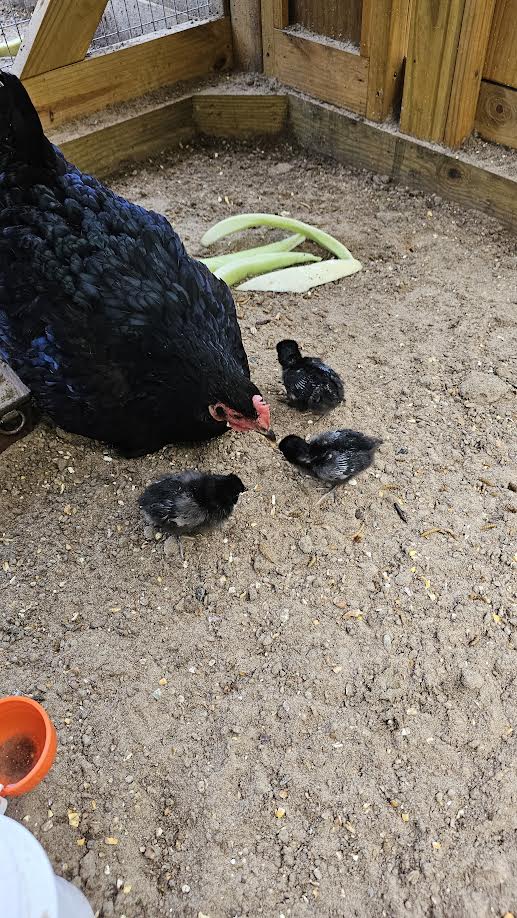Stop! It’s Hatching Time!
go.ncsu.edu/readext?1075417
en Español / em Português
El inglés es el idioma de control de esta página. En la medida en que haya algún conflicto entre la traducción al inglés y la traducción, el inglés prevalece.
Al hacer clic en el enlace de traducción se activa un servicio de traducción gratuito para convertir la página al español. Al igual que con cualquier traducción por Internet, la conversión no es sensible al contexto y puede que no traduzca el texto en su significado original. NC State Extension no garantiza la exactitud del texto traducido. Por favor, tenga en cuenta que algunas aplicaciones y/o servicios pueden no funcionar como se espera cuando se traducen.
Português
Inglês é o idioma de controle desta página. Na medida que haja algum conflito entre o texto original em Inglês e a tradução, o Inglês prevalece.
Ao clicar no link de tradução, um serviço gratuito de tradução será ativado para converter a página para o Português. Como em qualquer tradução pela internet, a conversão não é sensivel ao contexto e pode não ocorrer a tradução para o significado orginal. O serviço de Extensão da Carolina do Norte (NC State Extension) não garante a exatidão do texto traduzido. Por favor, observe que algumas funções ou serviços podem não funcionar como esperado após a tradução.
English
English is the controlling language of this page. To the extent there is any conflict between the English text and the translation, English controls.
Clicking on the translation link activates a free translation service to convert the page to Spanish. As with any Internet translation, the conversion is not context-sensitive and may not translate the text to its original meaning. NC State Extension does not guarantee the accuracy of the translated text. Please note that some applications and/or services may not function as expected when translated.
Collapse ▲Spring is in the air, and eggs are in the incubators! All seven 2nd-grade classes at Hayesville Primary School recently participated in the 4-H Embryology School Enrichment Program, successfully hatching chicks right in their classrooms.
As part of their life cycle curriculum, the teachers provided students with hands-on learning experiences—setting eggs in incubators and patiently waiting the 21 days for them to hatch. Throughout the waiting period, students engaged in various activities to deepen their understanding of animal life cycles. These included using the national 4-H Embryology Curriculum as well as creative classroom experiments like:
- Cracking open eggs to examine the different parts
- Learning what each part develops into during incubation
- Comparing fertile and non-fertile eggs
- Candling eggs to observe embryo development
- Completing worksheets and interactive activities
- Watching educational videos
Each classroom successfully hatched chicks, and the excitement was contagious! Students loved reporting how many chicks had hatched each time I visited. The Embryology Program offers a fun, educational approach to teaching required science standards—and students take away lasting knowledge from the experience.
Who knows what we’ll “hatch” into next?
For more information about the Clay County 4-H program or school enrichment opportunities, please contact local 4-H Agent Kiffney Stokes at 828-389-6305 or email kiffney.stokes@ncsu.edu.




